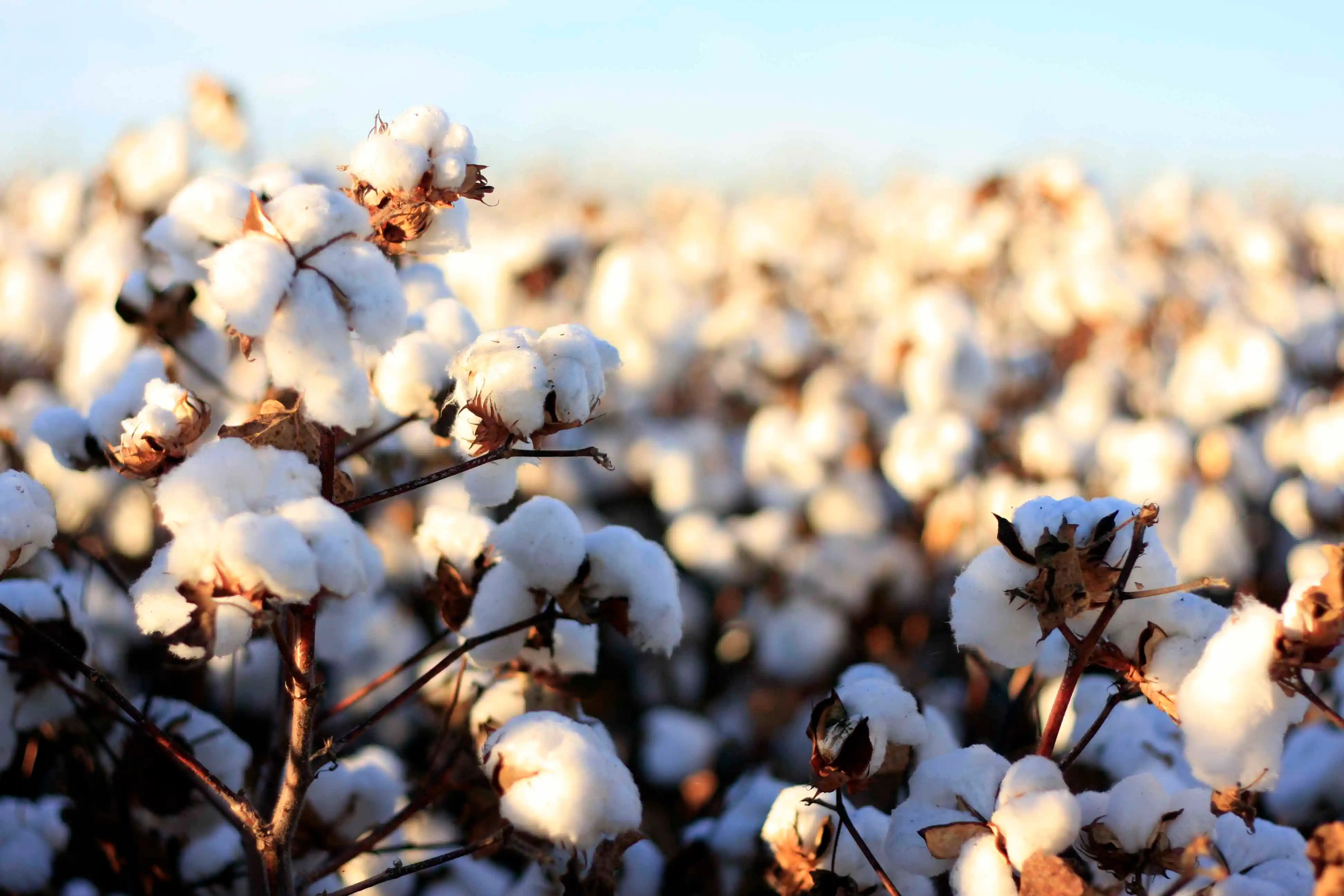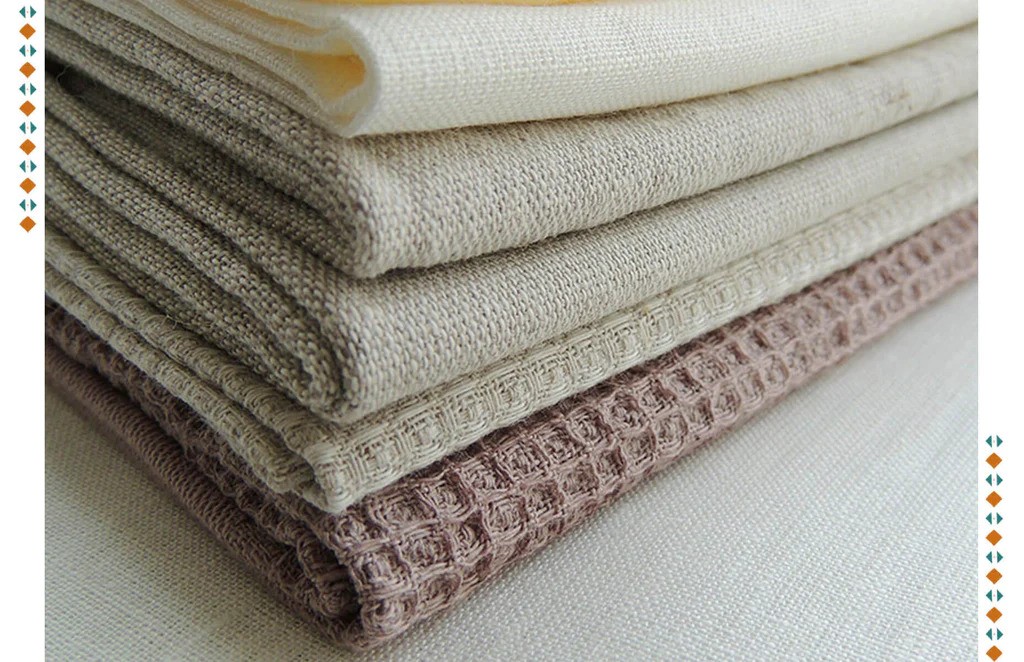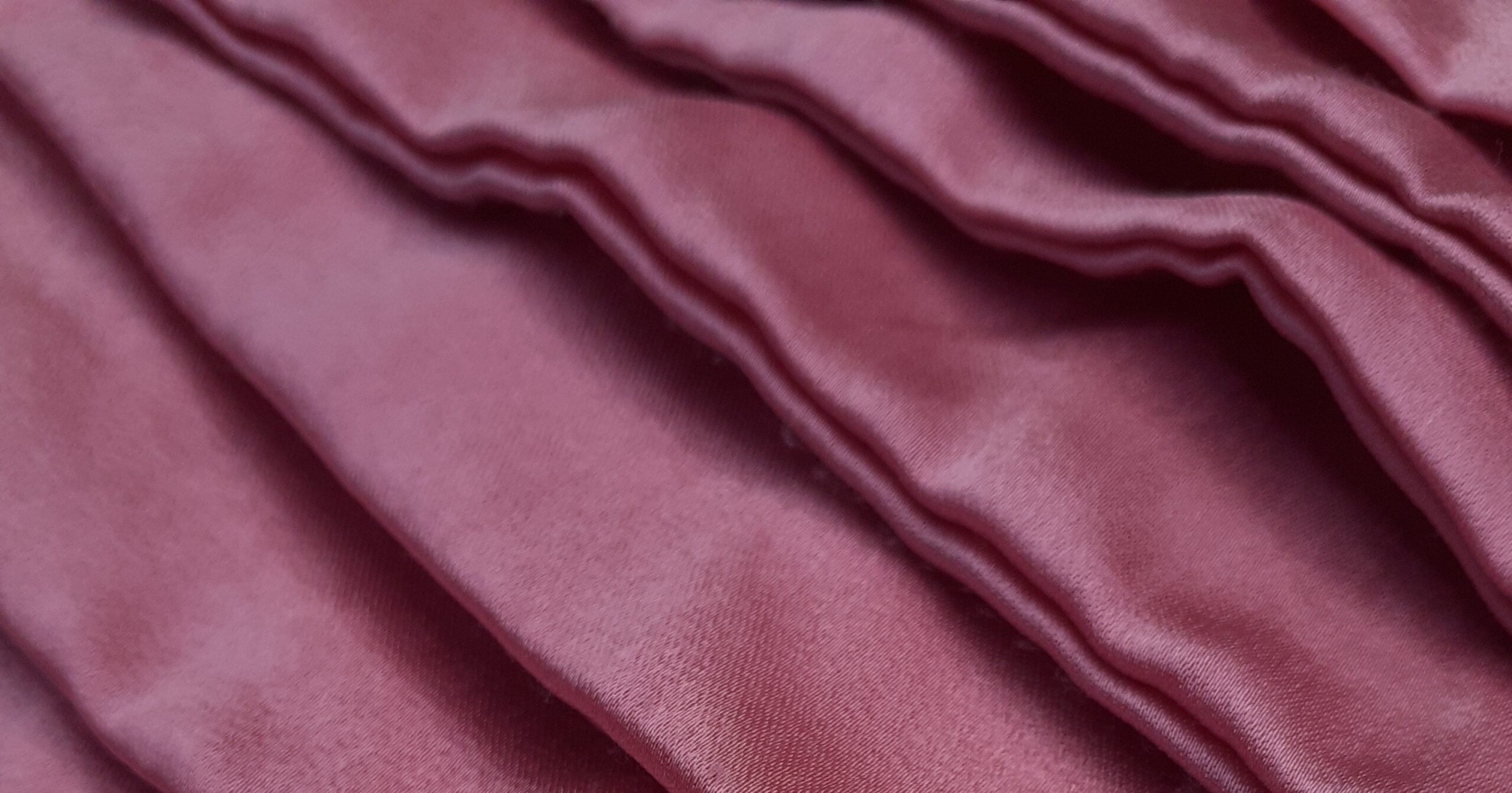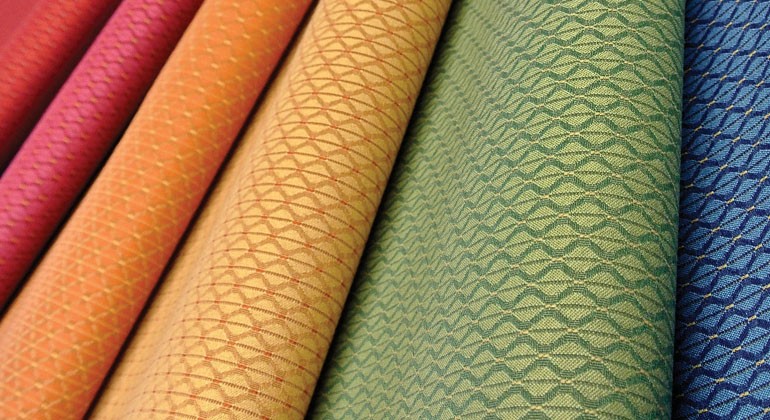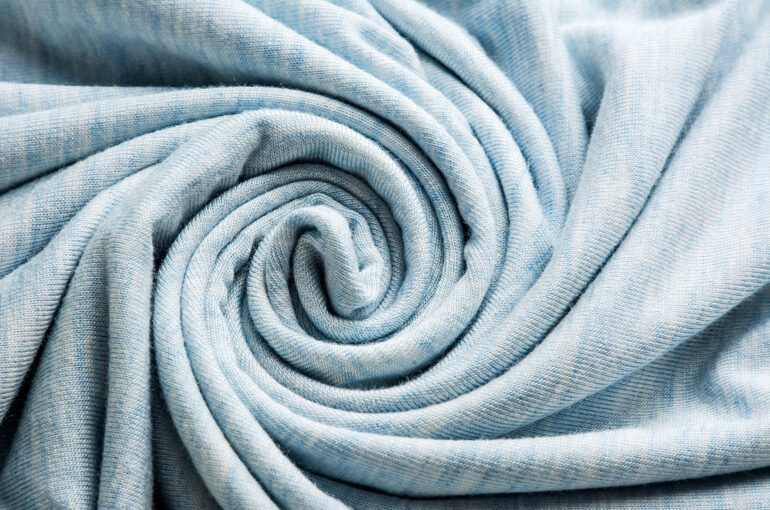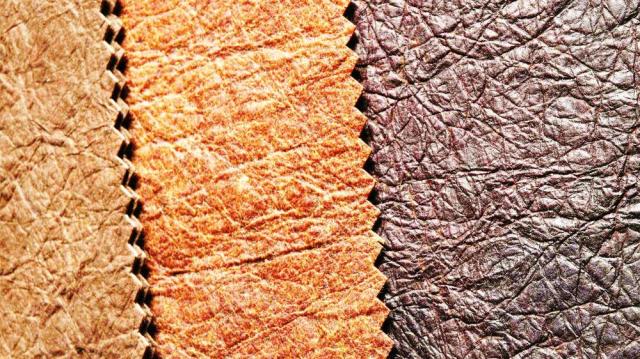Eco-Friendly Fashion Materials - Embracing Sustainability In Style
Discover the world of environmentally friendly fashion materials, understanding why they're important and exploring the best choices available in stores today.
Author:James PierceReviewer:Elisa MuellerFeb 16, 202433 Shares16.5K Views
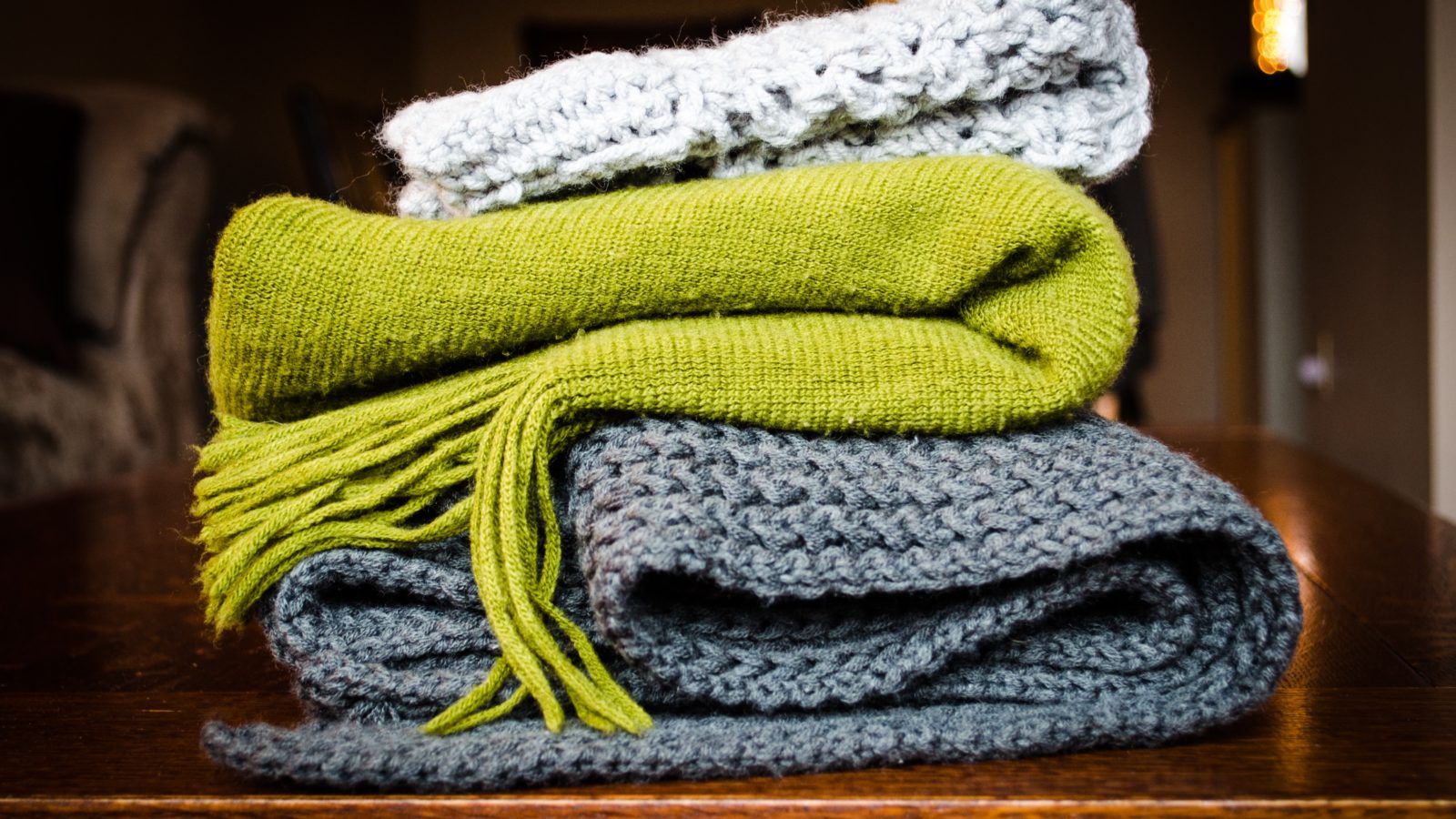
The fashion industry has experienced fast-paced growth, the concept of sustainability has become more than just a trend. It is a necessity. As consumers become increasingly aware of the environmental impact of their purchasing choices, the demand for eco-friendly fashion materials has surged. Let's delve into whatEco-Friendly Fashion Materialsare, why they matter, and the top choices available in the market.
Understanding Eco-Friendly Fashion Materials
In essence, eco-friendly fashion materials are those that are produced, processed, and disposed of in a manner that minimizes harm to the environment. They are sourced sustainably, using renewable resources and eco-friendly manufacturing processes. The importance of sustainability in the fashion industry cannot be overstated, considering the significant environmental footprint associated with conventional fashion materials.
Benefits Of Eco-Friendly Fashion Materials
- Reduced Environmental Impact- One of the primary benefits of eco-friendly fashion materials is their reduced environmental impact. Compared to conventional materials, eco-friendly alternatives require fewer resources to produce, emit fewer greenhouse gases, and generate less waste.
- Conservation of Natural Resources- Many eco-friendly materials, such as organic cotton and bamboo, are derived from renewable resources. By prioritizing these materials, fashion brands can help conserve natural resources and promote sustainable agricultural practices.
- Improved Worker Conditions - Eco-friendly fashion materials are often produced under fair labor conditions, ensuring the well-being of workers involved in the supply chain. This promotes social responsibility and ethical production practices within the fashion industry.
- Enhanced Durability and Quality- contrary to common misconceptions, eco-friendly materials are not only sustainable but also durable and high-quality. Fabrics like organic cotton and TENCEL™ are known for their softness, breathability, and longevity, offering consumers clothing that lasts longer and withstands the test of time.
Popular Eco-Friendly Fashion Materials
Organic Cotton
Organic cotton stands out as one of the most popular sustainable fabrics in the fashion industry. Grown without the use of synthetic pesticides and fertilizers, organic cotton production promotes soil health and reduces water consumption. Additionally, organic cotton is incredibly soft and breathable, making it ideal for various clothing items, including T-shirts, dresses, and denim.
Hemp
Hemp fabric has gained recognition for its sustainability and durability. As one of the fastest-growing plants, hemp requires minimal water and no pesticides to thrive. Hemp fabric is known for its strength and breathability, making it suitable for a wide range of clothing, accessories, and even home textiles.
Tencel (Lyocell)
Tencel, also known as Lyocell, is a sustainable fabric made from wood pulp, typically sourced from eucalyptus trees. The production process of Tencel involves a closed-loop system that recycles solvents, minimizing waste and environmental impact. Tencel fabric is renowned for its silky smooth texture, moisture-wicking properties, and biodegradability, making it an excellent choice for eco-conscious fashion brands.
Recycled Polyester
Recycled polyester is a sustainable alternative to traditional polyester, which is derived from petroleum-based products. By using recycled plastic bottles and other post-consumer waste, recycled polyester reduces the demand for new raw materials and minimizes the accumulation of plastic waste in landfills and oceans. Despite being synthetic, recycled polyester offers durability and versatility, making it suitable for activewear, outerwear, and accessories.
Bamboo
Bamboo fabric is derived from the fast-growing bamboo plant, which requires minimal water and no pesticides to thrive. Bamboo fabric is soft, lightweight, and naturally antibacterial, making it an excellent choice for sensitive skin. Additionally, bamboo fabric has moisture-wicking properties, making it ideal for activewear, loungewear, and undergarments.
Piñatex (Pineapple Leather)
Piñatex, also known as pineapple leather, is a sustainable alternative to traditional leather made from pineapple leaf fibers. This innovative fabric utilizes agricultural waste and reduces the environmental impact of leather production. Piñatex is cruelty-free, biodegradable, and versatile, making it a popular choice for vegan fashion brands seeking eco-friendly materials.
Other Eco-Friendly Fashion Materials
- Organic Linen- Linen, made from the flax plant, is a natural and biodegradable fabric that has been used for centuries. Organic linen is produced without synthetic pesticides or fertilizers, making it an eco-friendly choice for sustainable fashion. Known for its breathability and timeless appeal, organic linen is perfect for lightweight garments such as shirts, blouses, and summer dresses.
- Organic Wool - Organic wool is derived from sheep raised on organic farms, where they are treated ethically and sustainably. Unlike conventional wool production, organic wool farming avoids the use of harmful chemicals and promotes animal welfare. Organic wool is known for its warmth, durability, and moisture-wicking properties, making it ideal for knitwear, outerwear, and winter accessories.
- Soy Silk- Soy silk, also known as soybean fiber, is a renewable and biodegradable fabric made from the byproducts of soybean processing. Soy silk has a luxurious feel and drapes beautifully, making it suitable for elegant evening wear and lingerie. Additionally, soy silk is hypoallergenic and moisture-wicking, offering comfort and breathability for sensitive skin.
- Cork Fabric- Cork fabric is a sustainable material made from the bark of cork oak trees, which naturally regenerate after harvesting. Cork fabric is lightweight, water-resistant, and durable, making it an eco-friendly alternative to leather. It is commonly used for handbags, wallets, and footwear, providing a unique and stylish option for eco-conscious consumers.
FAQs
Are Eco-friendly Fashion Materials More Expensive Than Conventional Materials?
While eco-friendly materials may sometimes come at a slightly higher price point, the long-term benefits they offer in terms of durability and sustainability often outweigh the initial cost.
Can Recycled Polyester Maintain The Same Quality As Virgin Polyester?
Yes, recycled polyester offers the same performance and durability as virgin polyester, making it a sustainable alternative without compromising on quality.
How can consumers identify eco-friendly fashion materials?
Are Eco-friendly Fashion Materials Limited In Terms Of Style And Design?
Not at all. With advancements in technology and innovation, eco-friendly materials now come in a wide variety of styles, designs, and textures, allowing for endless creativity in fashion.
Do Eco-friendly Fashion Materials Require Special Care During Washing And Maintenance?
While some eco-friendly materials may have specific care instructions, such as washing at lower temperatures or air-drying, they generally do not require significantly different maintenance compared to conventional materials.
Conclusion
Eco-friendly fashion materials are more than just a trend; they represent a fundamental shift towards sustainability in the fashion industry. By embracing eco-friendly materials, fashion brands can reduce their environmental footprint, promote ethical production practices, and meet the growing demand for sustainable fashion. As consumers become increasingly conscious of the environmental impact of their clothing choices, eco-friendly materials will continue to play a crucial role in shaping the future of fashion.

James Pierce
Author

Elisa Mueller
Reviewer
Latest Articles
Popular Articles
